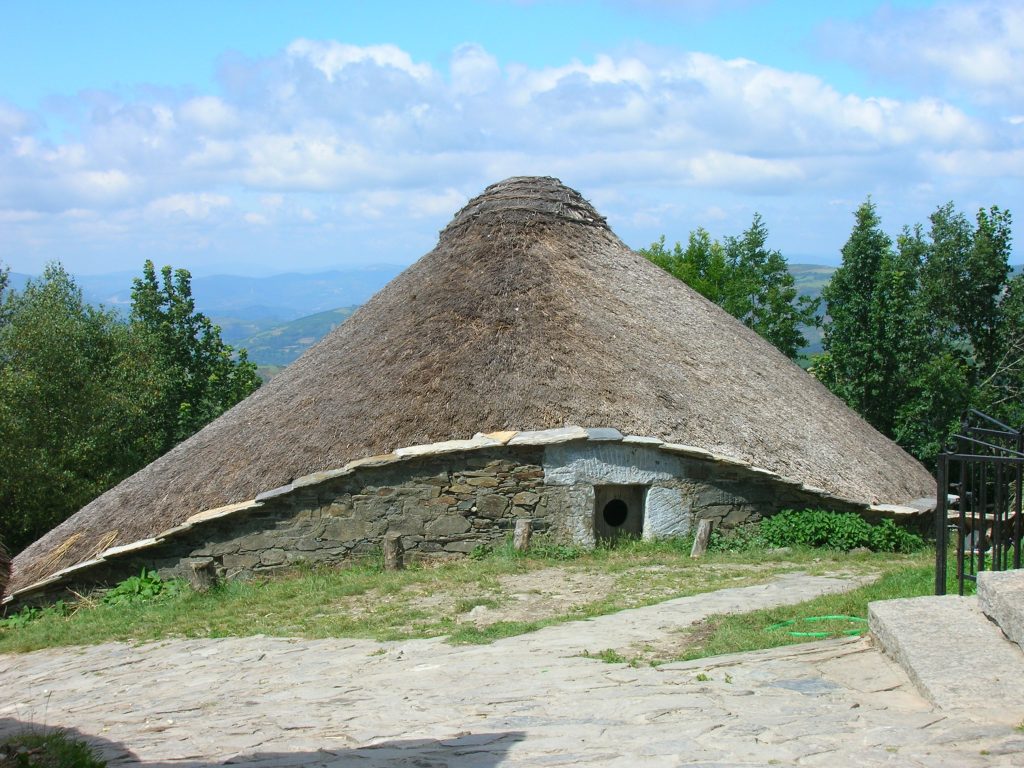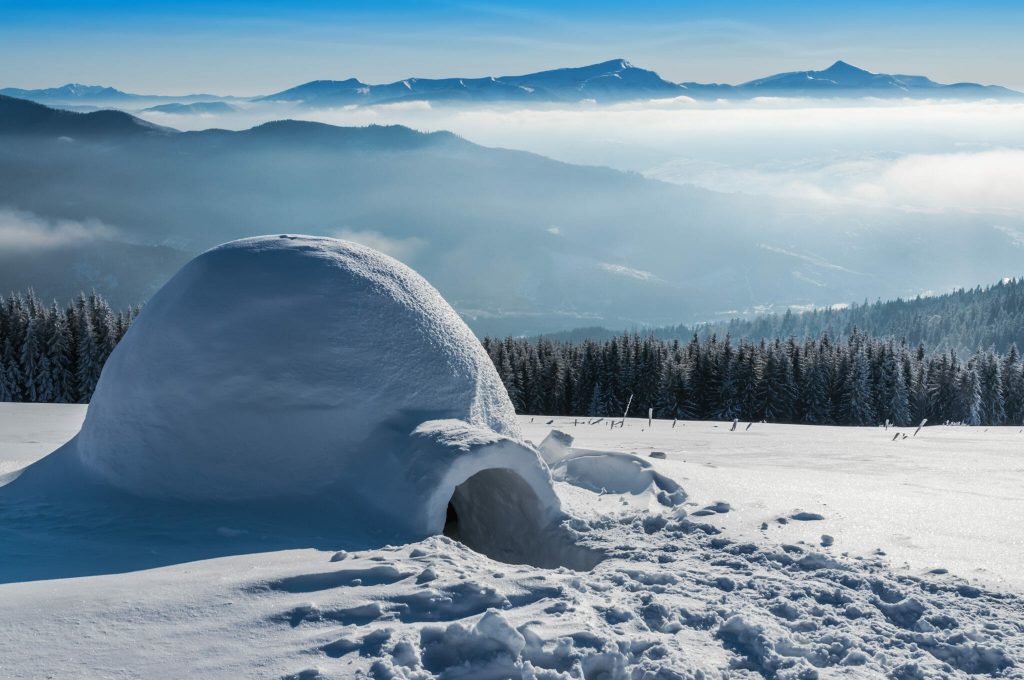Humans have valued warmth and comfort, either as spiritual concepts or something more practical. Everyone wants to have a place they can call home to come back to at any time, but almost every nation sees a “home” as something different. Unique shapes, rare materials, and interior decorations can tell a lot about homeowners.
Here are nine amazing traditional houses from different countries
1. Wigwam — North America
A wigwam is a cone-shaped hut with a hole for smoke quite often built by native Americans. The frame is made of curved, thin tree trunks and covered with bark, skins, or pieces of cloth. These dwellings were not intended for relocation but could be easily assembled and then built in a new place if necessary.

2. Palloza — Spain
Palloza is a type of traditional housing in Galicia (northwest of the Iberian Peninsula). A stone wall was laid around the wooden frame, leaving openings for doors and small windows. Then the whole thing was covered with a cone-shaped thatched roof. Palloza were used as housing in Galicia until the 1970s.

3. Kurin’ — Ukraine
Kurin’ (from the Ukrainian word for “smoke”) was the home of the Cossacks in the lower reaches of the Dnipro and Don rivers. The first Cossack settlements appeared in floodplains (river reed bushes) in the XVI century. These mostly temporary houses had walls made of mounds filled with earth and covered with clay; the roof was tiled with reed, and of course, there had to be a hole for smoke. Many features of these first Cossack dwellings can be seen in more modern huts all over Eastern Europe.

4. Diaolou — China
Diaolou is a fortified high-rise building in Guangdong Province in southern China. The first diaolou were built during the Ming Dynasty when gangs of robbers were operating in southern China. In later and relatively safe times, such fortress houses were built simply by following tradition.

5. Torfbæir — Iceland
The torfbæir, aka turf house, has been a traditional building in Iceland since the time of the Vikings. Its design was determined by the harsh climate and shortage of wood. Large flat stones were laid on the site of the future house, surrounded by a wooden frame and then covered with several layers of turf. Half of the house was for people, while the other half was for cattle.

6. Minka — Japan
Minka is a traditional Japanese house meant for the lower strata of society, i.e. farmers, artisans, small merchants. These cute houses were built with locally available materials, mainly bamboo, wood, and clay. Despite the simplicity, even the cheapest Minka has that Japanese charm to it.

7. Manyatta — Africa
Manyatta is a traditional home of the African Maasai tribe. This dwelling is built by women, which is very unusual for a Western mindset. The construction is made of wooden poles tied with grass and reinforced with mud and cow droppings. Like other dwellings on this list, Manyatta has at least two rooms: one for cooking and sleeping and another for young cattle.

8. Igloo — Native Canadians
One of the most recognizable traditional house types in the world is the igloo. It’s built of blocks of snow, usually forming a dome. The igloos were often used by the Inuit of the Canadian Arctic, where they served as a temporary refuge for hunters during the winter, seasonal dwellings for one or more families or, in some cases, they formed whole villages with large halls where meetings, ceremonies, and sports competitions were held with joyous singing and dancing.

9. Mazanka — Ukraine
Mazanka is an ancient traditional Ukrainian hut intended for living in areas with mild and warm climates. It’s usually built around a wooden frame, with thin branches for walls. The outside was smeared with white clay, and inside — a mix of clay, reeds, and straw for better thermal isolation. Due to not having a proper foundation, Mazanka was not protected from moisture but served its owners for 100 years or more. You can still find these huts all over Ukraine.

